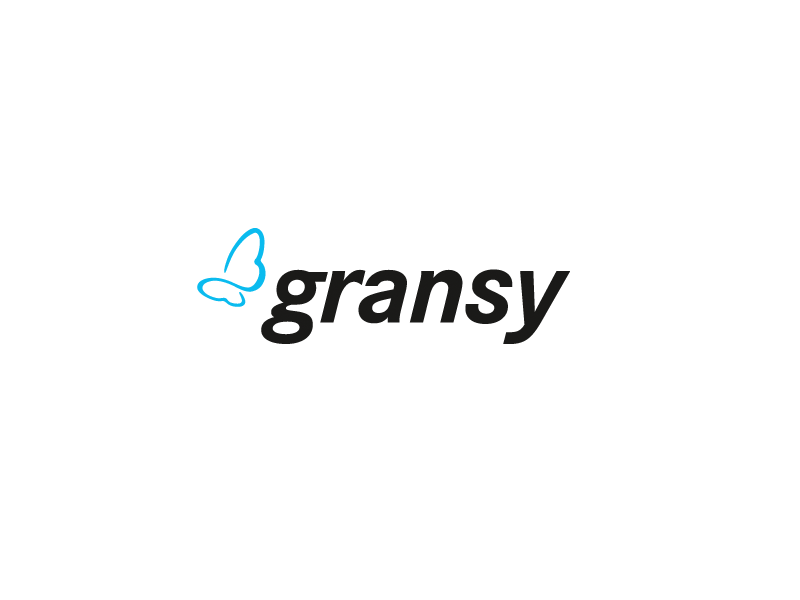
Marketing to Millennials requires understanding that this is a very different generation and adapting to how they think and consume.
Millennials, typically characterized as being between the ages of 18 and 34, are the largest population in the United States. They now account for almost one-third of the country’s population and $1.3 trillion in consumer spending in 2013.
They dominate the Baby Boomers and Gen X-ers who came before them, but they also think and buy considerably differently.
And, as they advance in age, wealth, influence, and capabilities, one thing is certain: Millennials got money to spend.
However, the battle for money is severe. Advertising targeting millennials differs from advertising to Generation X or Generation Z. Understanding how to attract millennials entails understanding their beliefs and objectives and crafting content that will not offend them.
In a nutshell, you must learn to speak their language. If you’re wondering how to do that, we’re here to explain that.
Why Is Marketing To Millennials Different And Important?
Since the baby boomers, there has yet to be such a focus on marketing to a certain group, and many consumers outside of this cohort are left wondering why they’re being overlooked. Older generations are presently in their prime spending years, then why is their money not regarded as important as Millennials’?
It all comes down to long-term possibilities.
While many millennials have yet to reach their peak spending power due to college loans or raising a family, they are on their way, and marketers recognize the value of reaching out to them early.
Plus, millennials have grown up in a world bombarded with advertising everywhere they go. Therefore marketing messages will not fool them. They understand how important their market is to company sales and will only participate in advertising gimmicks or games if they have actual substance.
How To Ace Marketing Your Brand To Millennials in 5 Steps
1. Build A Strong Online Presence With .icu
Millennials have higher expectations for online experiences, and organizations can gain a competitive advantage by matching their energy with experiential and human-centric digital offerings. So, how can marketers design their websites, mobile apps, and even copy to appeal to younger users? The priority here is to focus on their desires.
Millennials, known as the first digital generation, influence and form our digital-first society. They continue to lead the way in digital innovation and are frequently enthralled by new inventions and concepts.
To pique their interest, you must present something new and different. How about starting with a new domain extension like .icu to establish your online presence?
.icu is an acronym for ‘I See You,’ and it serves as a motto for millennials who want the world to see the changes, influence, and ideas they bring to the table.
Not only that, but brands can use .icu to register catchy domain names that will readily capture the attention of their millennial audience. For example, www.hey.icu.
2. Emphasize on User-Generated Content
Ensure that your website includes enough user-generated content (UGC) to guide millennials in making decisions. Millennials are more than three times as likely than Boomers to seek product recommendations on social media. And they believe and listen to suggestions from strangers significantly more than they do from companies. Millennials like advice regarding online items equally, whether it comes from friends or family or UGC on a company website. Request feedback from your customers and make it easy to find online.
3. Focus on Mobile Marketing
In addition to being born around the millennium, the youngest millennials were still in their twenties when the first cell phones were released in the late 2000s. As a result, they represent the first generation of adults who are accustomed to today’s mobile-first mode of navigation.
Even though many millennials own a computer, the average millennial spends roughly 211 minutes per day on a smartphone, compared to only 31 minutes on a desktop. That is why a millennial marketing strategy must begin on the millennial ground.
However, the term “smartphone” is ambiguous. What apps and websites do millennials use? The majority of millennials are active on Facebook, Instagram, Twitter, YouTube, Pinterest, TikTok, and Snapchat.
In a nutshell, millennials are eager to listen to advertisements if you target them in the right spot. Millennials are twice as likely to watch a video advertisement on their smartphone as they are on television. Even better, consumers who see these videos are 1.8 times more likely to act on the ad. Why? Because people who watch on their smartphones are more engaged – for example, exploring a product while shopping.
4. Be Experimental and Fun
The act of researching and browsing for purchase is growing more appealing to young customers than the transaction itself. Millennials prefer the shopping experience over the purchase. In other words, online shopping is becoming more than just a means to an end, with many young consumers considering it a pleasure. The term “Fauxsumerism” has been coined to describe this occurrence. 40% of millennials create wish lists of things they want to purchase.
Successful businesses recognize that young consumers expect a pleasurable online viewing experience, which is why brands showcase their items, making browsing and pinning enjoyable and social. Whatever channel you choose, you should sell to millennials in ways that are fun in order to attract them.
5. Use Inbound Marketing To Be Informative
There is no one way to open the hearts of all millennials. However, if you manage your inbound marketing data accurately and consistently, you may notice a few millennial marketing patterns emerge over time.
Inbound marketing data is only going to become more significant. After all, millennials value privacy more than earlier generations. And, as regulations restrict the sharing of customer data with third parties, advertisers will require first-party data to learn about their customer’s preferences in the coming years.
First-party data is information obtained directly from your target audience. E.g., when a customer fills out their address, you have information about the demographic market.
Leads will be useful in the future for more reasons than just representing a prospective purchase. Warm leads are significant because they contain information that may be used to improve your marketing and increase sales.
Market Your Brands To Millennials With The Right Strategy
Marketing to Millennials is a long-term strategy since this generation is geared toward true, content-driven, genuine experiences that reflect who they are and the voices they wish to express. Empower them with the answers they seek in this mysterious world, and remind them that the overall picture is looking brighter because of their generation.
Author Bio

Rifat works as a Senior Marketing Specialist at ShortDot, the registry behind some of the most popular new domain extensions, such as .icu, .bond, .cyou, .cfd, and .sbs. You may reach her through LinkedIn.

